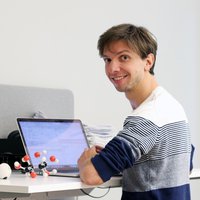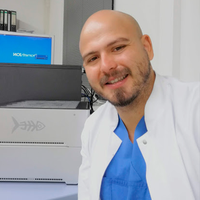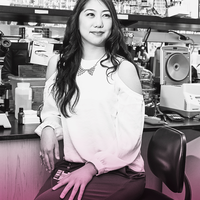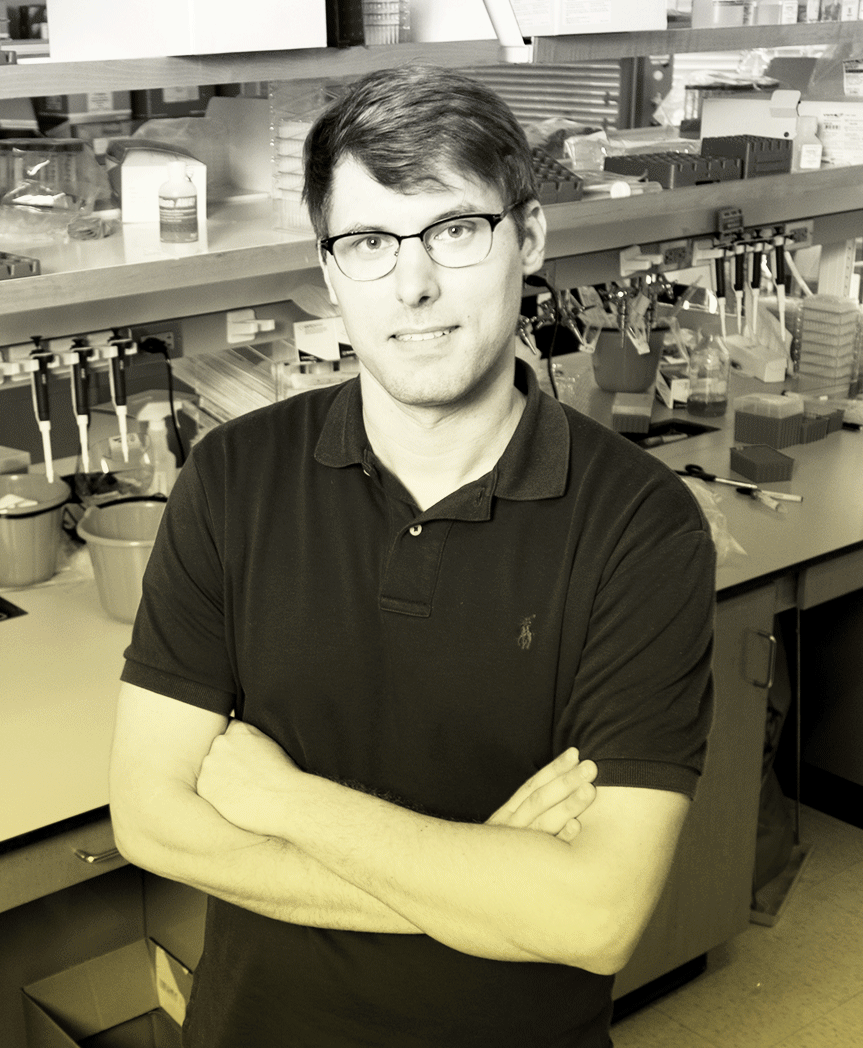Biotechnology & medicine
James Dahlman
His method makes it possible to test 300 drugs at once.

Europe
Francesco Gatto
His liquid biopsy based on the metabolism could quickly predict the evolution of several types of cancer and fine-tune treatments

Latin America
Luis Azmitia
He fights off brain tumors by sequencing them in a matter of hours from the operating table to accelerate the diagnosis

Global
MinMin Yen
Cholera kills, and vaccines don’t always work. She created a better solution.

China
Qiaomei Fu
Unveiling the genetic history of modern humans
